How to grow and care for pumpkin outdoors
A healthy and tasty pumpkin, growing and caring for which in the open field does not present any particular difficulties even for an inexperienced gardener, was cultivated in Russia for a long time and was widely used in Russian cuisine for preparing various dishes. For some time, the vegetable was underestimated, but now, in the wake of the popularity of healthy eating, it is again returning its lost positions.
Content
- 1 Pumpkin: a description of the garden culture
- 2 Features of growing pumpkin: how to choose a site for planting
- 3 Planting pumpkin in the garden (planting time, sowing technology, picking seedlings, seed preparation)
- 4 How to properly care for a pumpkin?
- 5 How to protect pumpkin from pests and diseases?
- 6 Pumpkin: when and how to harvest
Pumpkin: a description of the garden culture
Common pumpkin (Cucurbita pepo), or hard-bore, is an annual herbaceous creeping plant of the Pumpkin family, with thin pentahedral sharp-ribbed and prickly stems, reaching 8-10 m in length. The root system is highly branched with a central core extending up to 3 m deep branched superficial periphery.

Five-part or five-lobed large leaves up to 25-30 cm in diameter, cordate at the base, alternate, sitting on long petioles and covered with stiff, spiny, short hairs. Large monoecious unisexual bell-shaped flowers of bright yellow or orange-yellow color on ribbed pedicels bloom in June-July, cross-pollinated, most often by bees.
Berry-like polyspermous hard-bore fruits with an average diameter of 15-40 cm and weighing about 20 kg (there are specimens of more than 100 kg) ripen in a melon, a vegetable garden or in the country in the open field in August-September. The shape, size and color of pumpkins varies and depends greatly on the variety. Flat oval seeds 1-3 cm long are covered with a woody yellowish-white shell, have a pronounced rim along the edge.
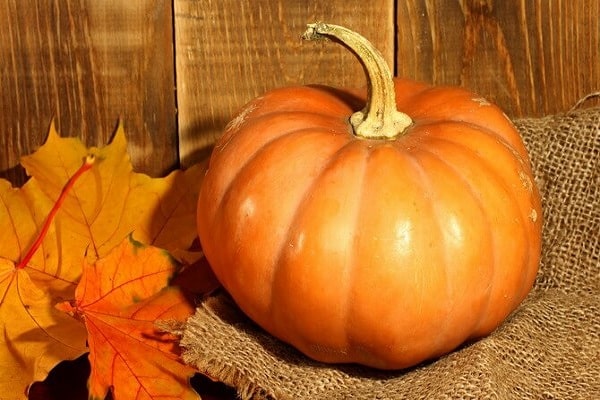
Experienced growers recommend the following outdoor pumpkin varieties that are suitable for growing in almost all regions:
- Smile. Bushy high-yielding early ripe (85-90 days after germination) with a large number of small bright orange striped fruits weighing up to 1.5 kg. The pulp is sweet, crunchy, with a melon flavor. Stored at room temperature for up to 5 months.
- Freckle. An early ripe variety with rounded-flattened small (up to 3 kg) light green spotted fruits. The orange pulp tastes sweet and resembles a pear. It tolerates sharp temperature drops, keeping quality is good.
- Russian woman.An early ripening cold-hardy climbing bush with shiny dark orange fruits weighing 3-4 kg, inside which is delicious sweet orange pulp. It tastes like a melon.
- Dawn. Medium early ripening with dark gray segmented fruits weighing about 5 kg, covered with bright orange-pinkish spots. Juicy bright orange pulp is sweet, tasty, with a high content of carotene. The variety is distinguished by its increased resistance to various diseases.
- Therapeutic. Early variety (90 days), large flattened fruits weighing from 3 to 5 kg, gray with a lighter shade of mesh. It can last until spring.
- Vitamin. A late-ripening nutmeg variety with elongated oval green fruits weighing up to 6-6.5 kg.
- Butternut. Small-fruited (up to 1 kg) nutmeg pear-shaped late-ripening variety with light gray fruits.

Features of growing pumpkin: how to choose a site for planting
It is not difficult to cultivate a pumpkin outdoors, but some rules must be followed to obtain a bountiful harvest. Special requirements are imposed on alternation or crop rotation; it is impossible to plant any melons (watermelons, zucchini, melons, cucumbers) after the pumpkin. The best precursors for pumpkin seeds are cruciferous or legumes (cabbage, beets, tomatoes, onions). They can be planted again in the same place no earlier than after 5-6 years.
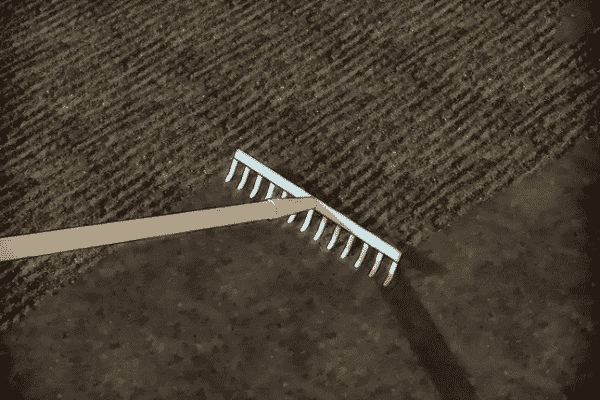
Lighting requirements
Growing pumpkin is best in open, well-lit, sunny, ventilated and dry areas. A heat-loving culture cannot stand gusty cold winds. Therefore, it is recommended to plant it on the south side of buildings, along a fence or wall, which will protect from the wind in the daytime, and at night will give away the heat accumulated during the day.
At the same time, long lashes of the plant can be directed to the vertical surface of the fence, house or barn, since the fruits will ripen faster and better when they are well lit by the sun. The pumpkin needs direct sunlight for at least 6-7 hours a day.
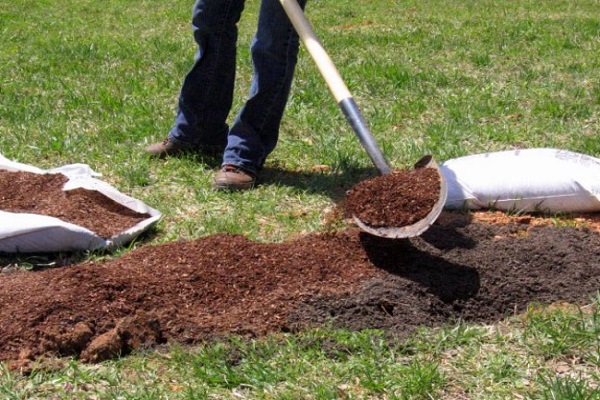
Optimum temperature for seedlings or seeds
Planting pumpkin seedlings and sowing seeds in the ground on the site is carried out only after the soil at a depth of 10-12 cm warms up to + 10 ° C. At the same time, the daytime temperature should stay above + 8 ... + 10 ° С, with the seed method of planting this figure should be more than + 13 ... + 15 ° С. At night, the air should not cool below +3 ° C. In other cases, it is required to cover the seedlings at night.
The landing time is determined by the climatic features of the region. Sowing dates in the Moscow region most often fall in the first ten days of May; when growing pumpkins in the Urals and Siberia, they shift closer to the middle of the month.
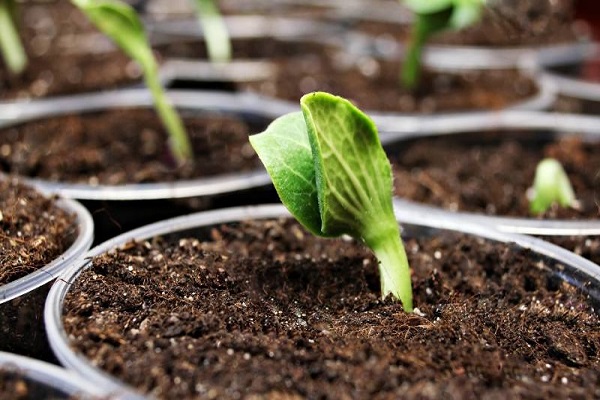
What should be the soil for planting?
Pumpkin crops develop well and give a bountiful harvest on rich fertile drained and warmed soils. This plant will not grow in clay, heavy and too moist soil. The soil for the pumpkin should be neutral to slightly alkaline.
Acidic soils are categorically unsuitable, they must be deoxidized with fluff or dolomite flour, you can use crushed wood ash.
In order to properly grow a pumpkin in a summer cottage in the middle lane, it is recommended to prepare a bed for it in advance in the fall. The area cleared of previous crops and weeds must be well fertilized. When digging to a depth of at least 20-25 cm, the following components are added per 1 m²:
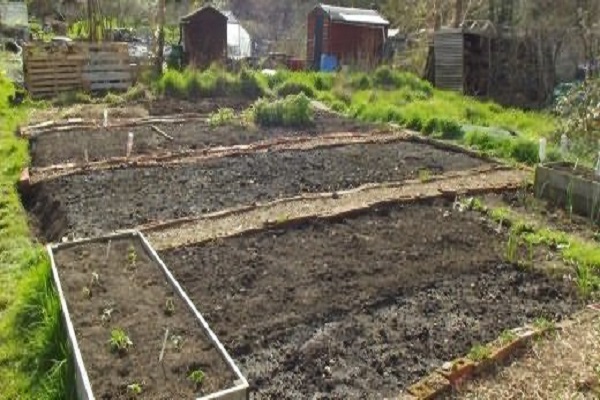
- humus - 5 kg or manure - 7 kg;
- potassium chloride - 15 g;
- superphosphate - 30 g.
If the post is heavy, then it is loosened by the introduction of coarse river sand. All components must be mixed, then the bed must be spilled with hot water at a temperature of about +80 ° C for disinfection.
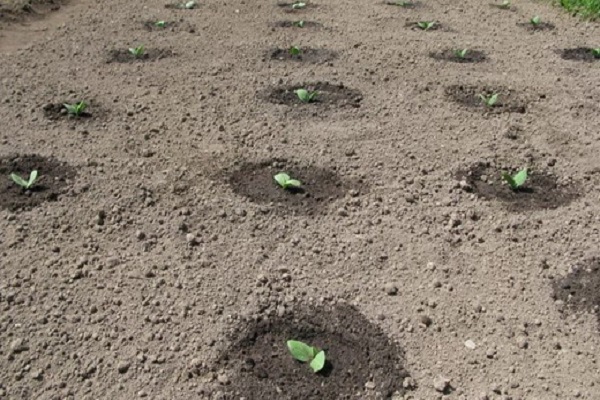
Planting pumpkin in the garden (planting time, sowing technology, picking seedlings, seed preparation)
The agricultural technique of pumpkin in a garden plot or vegetable garden is highly dependent on local climatic conditions. Before deciding whether to grow a crop in a seedling way or if you can sow seeds directly into the ground, you should first study the features of the local regional climate and evaluate natural factors. In the middle lane and northern latitudes, pumpkin cultivation is possible only with the help of seedlings, otherwise the heat-loving plant does not have time to fully bear fruit.
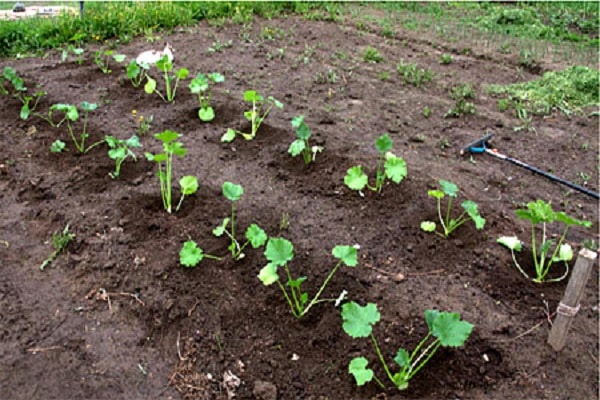
Sowing seeds in open ground
Before sowing, the planting material must be sorted out, leaving only whole, dense and undamaged seeds. Then they are soaked for 3 hours in a container with warm water, the temperature of which is stably kept within + 40 ... + 50 ° C. After that, the procedure for germinating the seeds is started. For this, the swollen seeds are wrapped in a soft, damp cloth, placed in a warm, bright place (on the windowsill) for 3-5 days and periodically moistened. The temperature should not be lower than +20 ° С.
Sowing seeds is carried out using the following technology:
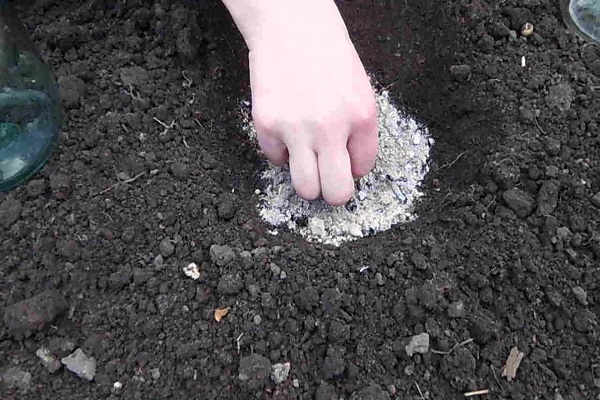
- On a previously prepared bed, holes are made at a distance of at least 0.6-0.8 m from each other, for long-plaited varieties it is increased to 1.2-1.5 m. About 1-1.2 m are left between the rows.
- About 2-3 liters of warm water are poured into each hole.
- Seeds are planted to a depth of 8-9 cm (in light soil), in heavy and dense soil, the planting depth does not exceed 5-6 cm. 2-3 seeds are placed in each hole, then the strongest sprout is left, the rest are cut off.
- Sprinkle with a nutrient mixture of peat, humus, garden soil and manure. Then mulch with humus or peat.
- Landings are covered with a film or other covering material, which is securely fixed around the perimeter.
- After the emergence of shoots, the shelter is removed or raised on the frame. You can leave it in the garden by making a cross-cut for the sprouts.
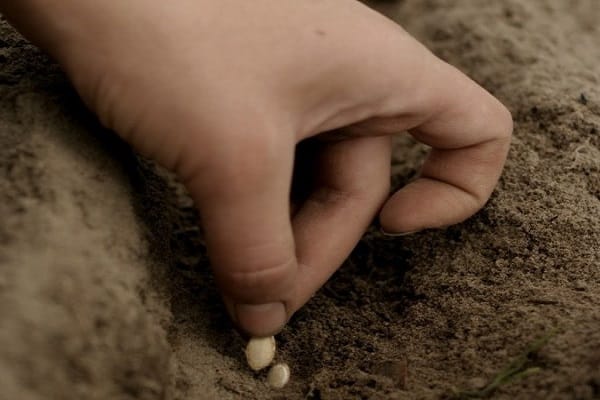
Growing pumpkin seedlings
The pumpkin ripening process is quite long in time, fruits from late-ripening and large-fruited varieties can be harvested only 120-140 days after sowing. To get the earliest possible harvest, it is recommended to grow the crop using the seedling method. You can grow seedlings in an apartment on a windowsill; greenhouses, panics or film frames are also used for this.
When growing seedlings in a greenhouse method, it is necessary to choose the seed more carefully. Plants must be disease resistant and greenhouse varieties are selected accordingly.
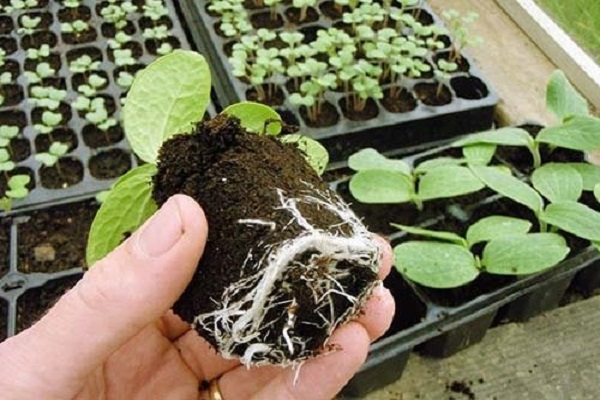
After soaking and the emergence of seedlings, the germinated seeds are planted in plastic cups, cut plastic bottles or milk bags, peat or simple pots with a diameter of about 10 cm.The containers are filled with ready-made peat soil or nutrient soil mixture of 1 part humus and 4 parts turf soil. It is recommended to add superphosphate (5 g), potassium salt (4 g) and ammonium nitrate (4 g) to a bucket of such a mixture.
The soil in the dishes is poured with warm water and 1 seed is planted in the center to a depth of 1.5-2 cm, sprinkled with peat on top. Then the containers are covered with glass or foil and placed on a windowsill or in a greenhouse. The grown seedlings are planted in the ground on the site after it warms up well (at least + 12 ° C). The soil can be preliminarily prepared by covering it with foil for several hours or pouring about 2-3 liters of hot water into each hole.
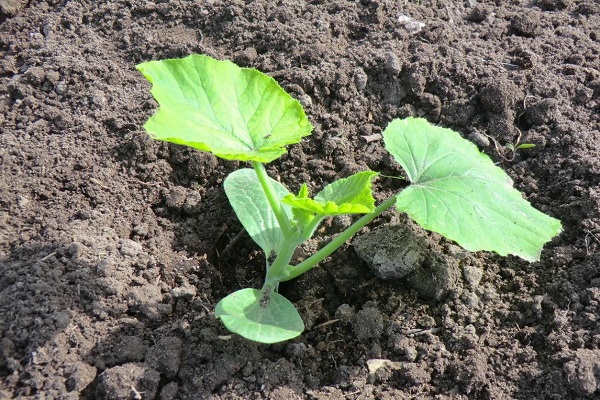
Plants are placed in holes, on the bottom of which a layer of humus mixed with ash is poured, then covered with garden soil, watered and mulched again. In the case of using the seedling method of growing pumpkin, planting and caring for the crop in the open field will be similar to the seed method.
How to properly care for a pumpkin?
Regardless of how the seedlings are planted, the pumpkin should be looked after before harvest in the same way.After 5-7 days after planting, the soil in the holes should be mulched again with compost, peat, crushed nettle, humus or pine needles. Loosening and weeding the aisles is required 1 time in 10-14 days. At first, you can go deep up to 12 cm, but after 4-5 weeks they loosen no deeper than 5-8 cm, so as not to damage the roots.
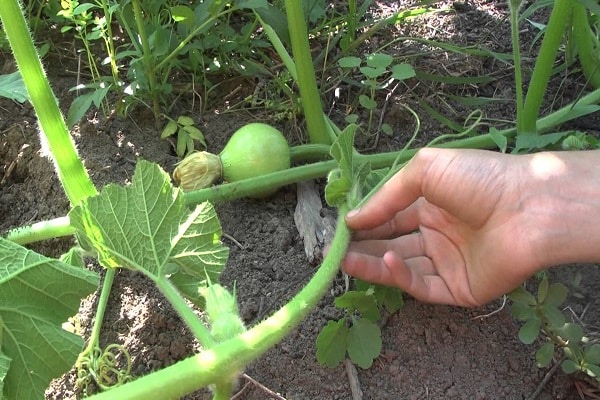
To attract insects (bees) that pollinate flowers, pumpkin bushes are sprayed with sugar or honey water (1 tsp per 10 l of water). In inclement cloudy weather, when the bees do not fly, pollination is done manually to avoid rotting of the unpolished ovary. The petals are cut off from the male flower and the remaining anthers (stamens) touch the pistil on the female flower.
How to form a plant correctly?
The green mass on young pumpkin seedlings grows quickly, long lashes spread out in different directions. In order for the plant to remain within the allotted territory, their number must be normalized. At the bush, pinch the apical bud with part of the shoot to stimulate the development of lateral stems, on which the formation of female flowers occurs.
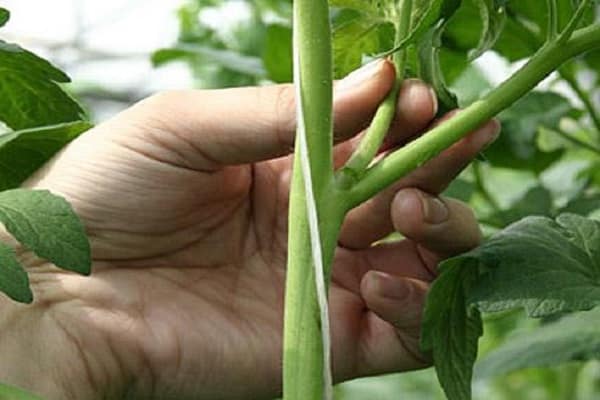
At the same time, pinching is carried out and excess axillary shoots that have grown to 6-8 cm are removed, and unnecessary leaves are also cut off. Each lash is pinched when it reaches 1.5 m, laid out in the right direction and sprinkled with soil. To make the fruits larger, the extra ovaries are cut off and left on each stem 1.
Watering and fertilizing pumpkin
The correct technology for growing pumpkins in the open field provides for regular and abundant watering with warm water (not lower than +20 ° C). Cold artesian or well water can lead to decay of the root system and death of plants. Warm watering favors the formation of female flowers. Moisture is especially needed during flowering, fruit setting and growth. With poor watering, they will be shallow.

Top dressing pumpkin begin to carry out after the appearance of 5-6 leaves. The next procedure is carried out when the lateral lashes begin to develop. In the future, planting is fertilized every 2 weeks throughout the growing season.
For feeding you can use:
- dry granules of nitrophoska - 10 g per 1 plant (they are scattered under the bushes);
- nitrophoska solution - 15 g per 10 liters of water (each bush is watered with fertilizer);
- wood ash - 1 glass per bush;
- mullein solution (1: 8) at the rate of 1 bucket for 5-6 plants (during fruiting, 1 bucket for 3 bushes).
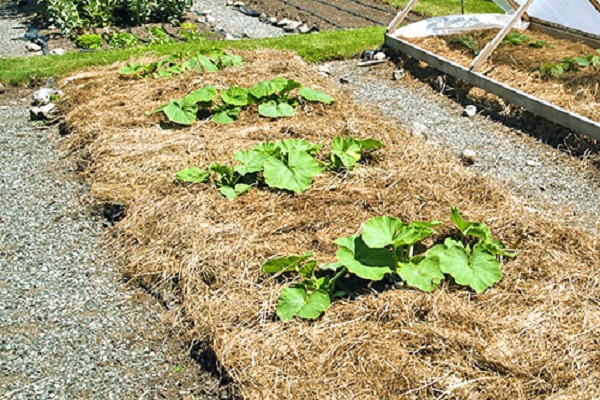
How to protect pumpkin from pests and diseases?
Growing pumpkin in the open field is fraught with the risk of developing fungal diseases caused by excessive dampness, among them:
- Powdery mildew. The leaf plates are covered with a white bloom, which passes to the petioles and stems. Spray with a solution of copper sulfate (2 g per bucket of water), potassium permanganate (3 g per bucket) or Bordeaux liquid (1%).
- Bacteriosis Brown spots and sores appear on the leaves and fruits. Spraying with Bordeaux liquid (1%) and a solution of zinc sulfate (0.02%) helps.
- White rot. A thick white bloom covers all the ground parts of the plant, gradually the bush decays. Landings are sprinkled with chopped charcoal or fluff.
- Root rot. Leaves and whips turn yellow, then crumble. For prevention, the bushes are treated with Previkur every 2-3 weeks.

Of the insect pests, pumpkin is most often attacked by: spider mites and aphids. To combat them, an infusion of potato tops and onion husks, a solution of sodium chloride or soap, and wormwood broth are used. In case of severe damage, they are sprayed with insecticides (Karbofos, Actellik, Tsitkor and others). When buying seeds, it is recommended to take into account the characteristics of the variety, depending on the local climate. In regions with high humidity, varieties of pumpkin that are resistant to diseases are planted.
Pumpkin: when and how to harvest
Ripe fruits are cut with a sharp knife, leaving 5-6 cm of the stalk. Ripeness is determined by the following criteria:
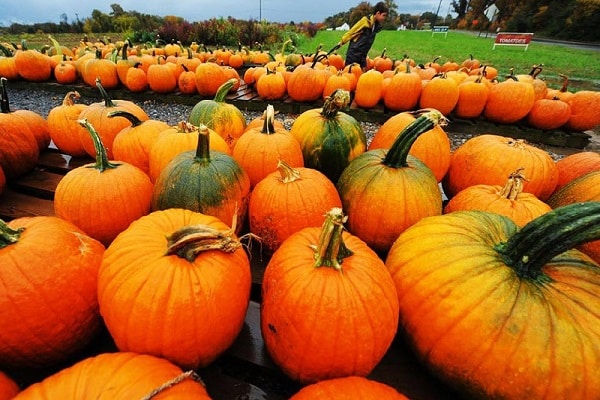
- the stalk is lignified;
- the foliage has turned yellow and dried;
- the crust became hard and bright.
You need to harvest on a dry, sunny day, before the onset of frost. Not quite ripe specimens are immediately eaten or processed. Ripe fruits are stored, pumpkin in winter at home can be kept in an apartment at room temperature (under the bed, in the closet).

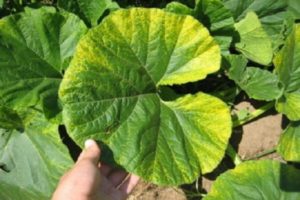
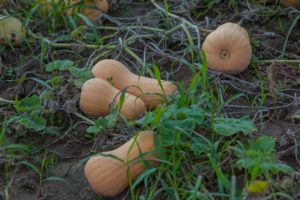
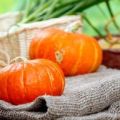

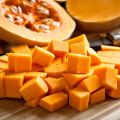



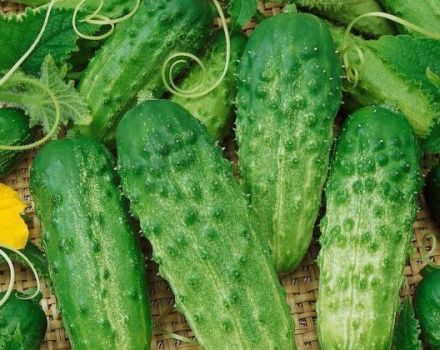
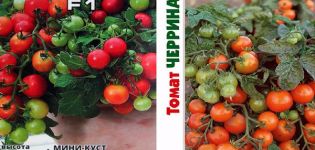
I thought that if you have been growing cucumbers for many years, then there will be no problems with pumpkin at all ... and the year before last I tried to plant it for the first time. Alas, my pumpkins have withered away. Last year I already did everything "according to science" - and formed correctly, and watered, and fed, plus a growth activator BioGrow used. So pumpkin was eaten all winter in all forms.